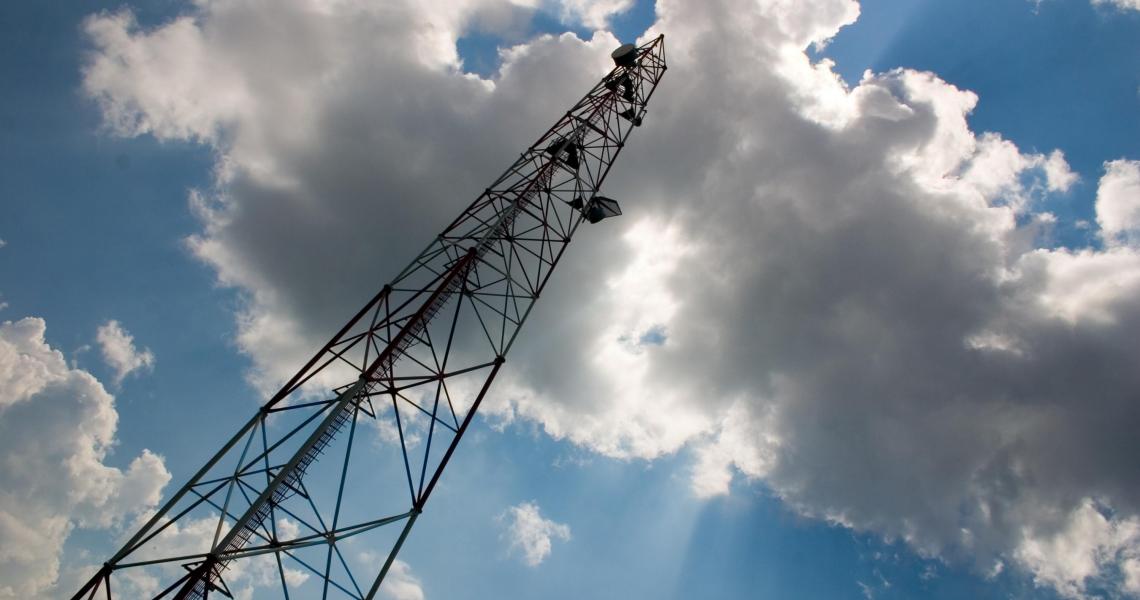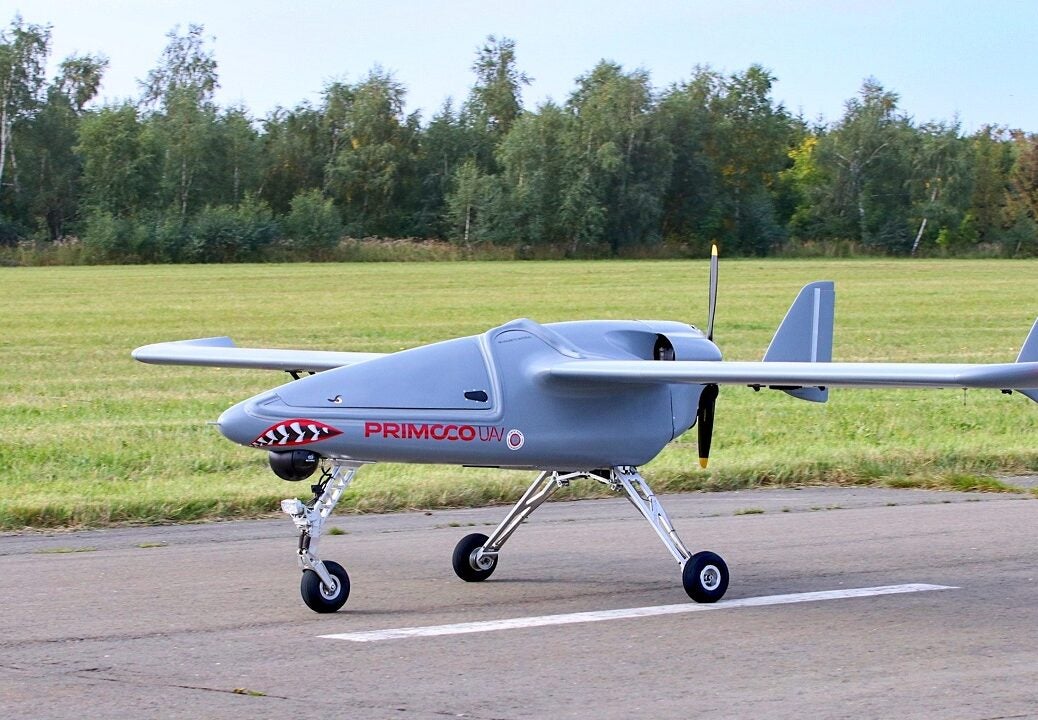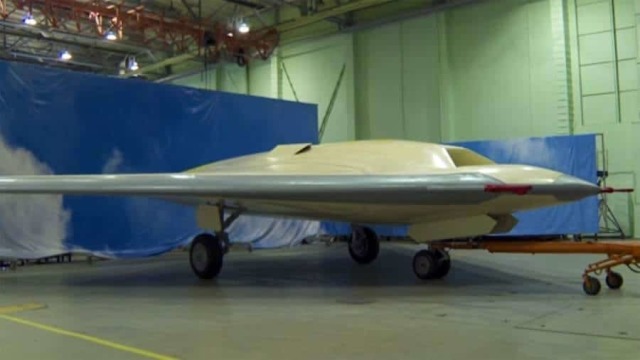
A team of Navy and Army pilots operated a General Atomics MQ-1B Predator in the ACTD. The aircraft was remote-piloted and capable of flying multiple missions at high altitude. It also carried two AGM-114 Hellfire bombers. It is powered using a Rotax914 engine. The MQ-1B Predator can be used since 1996.
MQ-1B Predator - An armed, remote-piloted, multimission, medium-altitude aircraft
The MQ-1B Predator American-armed remotely piloted aircraft can be used by the U.S. Air Force. The MQ-1B Predator was developed by General Atomics Aeronautical Systems Inc., Poway, California. It is a multi-mission, medium-altitude aircraft that can be piloted remotely by a qualified pilot and sensor/weapons operator. It is controlled from a Ground Control Station located thousands of miles away.
The Reaper is a significant advance in UAV technology. The Reaper is capable of taking down time-sensitive targets, and disarm them with a HELLFIRE rocket or a 500-pound bomb. The Reaper, a military-certified armed drone, is the largest UAV in the universe.
It carries two AGM-114 Hellfire missiles
According to reports, General Atomics mq 1 predator was equipped with two AGM-114 Hellfire-class cruise missiles. These missiles can be used for both aerial and ground attacks, and were developed for use against terrorists in the early 2000s. One Hellfire weapon carries two AGM-114 Hellfire weapons, one for an enemy tank and another for an unidentified goal. The mainstay of US antiterrorism UAV operation is the armed Predator. It has proven invaluable.

One of the major challenges of the Hellfire missiles was the cost. The new missiles are more expensive than the original one, and the launcher is not cheap. The General Atomics engineers knew that the wing of a Predator cannot support the weight of two Hellfire missiles. To hold the Hellfire missiles, they needed a new wing. The Predator's pre-engineered wing ribs, cross brackets, and wings were modified for the launchers. General Atomics engineers also had to redesign the wing hardpoints for the single-rail launcher. Big Safari quickly purchased multirail launchers from Navy.
It is powered with a Rotax 914
General Atomics Aeronautical Systems Inc. has developed the MQ-1B Predator medium-lift multirole, unmanned aerial vehicles (UAV) to replace F-16 Fighting Falcon fighter pilot jet. It is powered by a Rotax 914 turboprop engine and weighs approximately 2,000 pounds. The aircraft can be used for as long as 10 years. The MQ-1B is currently in production.
The MQ-1 is a modified version of the GA Gnat 750. It is used in forward observation and reconnaissance by the United States Air Force, and the Central Intelligence Agency. It can be fitted with two AGM-114 Hellfiremissiles. This aircraft has been in use since the 1990s in Afghanistan, Pakistan and other countries. The U.S. has used the aircraft in numerous combat operation, including NATO bombings that hit Yugoslavia.
During the ACTD, it was operated by a joint Army/Navy team.
The Predator Program began in January 1994 as an Advanced Concept Technology Demonstration. The demonstration was designed to demonstrate the capabilities and endurance of medium-altitude unmanned aircraft. During the ACTD were used prototypes from this program (known as RQ-1s). In March 1994 Navy and Army operated a single Predator which was attached in Orlando to a Military Intelligence Battalion, Low Intensity, unit.

Air Force & Army have had a strong working relationship over many years. But the Predator is an exception. Although the relationship between the two services has been good, the Army brass is known for being competitive. The Army retained the Gray Eagle despite the Air Force trying to take control of Predator from Army. Later upgrades to the MQ-1C allowed for a combined Army/Navy team to operate it during ACTD.
FAQ
Is it illegal to fly a drone?
Flying drones is an offense in certain countries, including Australia, Canada, Germany and Japan. It is legal in countries such as France, Italy Netherlands, Poland and Russia.
Are drones allowed to be used at public events
The rules are not required for drone flying. You will need to get approval from event organizers if your drone is going to be flying during public events such as a parade, festival or concert.
Can I fly my drone at my local park?
Yes, drones can be flown in parks around the world. However, some countries do not allow flying drones at parks due to safety concerns. You can fly drones legally in these places.
Is it necessary to have special training in order to fly a drone
No, you don't need special training to fly your drone. A remote control unit is all you need. You also need to have some basic knowledge of flight mechanics.
Statistics
- With the top 10% making over $100/h and the bottom 10% making as low as $10/h. (dronesgator.com)
- According to ZipRecruiter, the minimum hourly wage of drone pilots is $20. (thedroneu.com)
- According to Indeed, a drone pilot gets paid $25.73 per hour on average in the US. (dronesgator.com)
External Links
How To
How to Fly Drones With Beginners
A drone is a remote-controlled aircraft used for aerial photography, cinematography, surveillance, scientific research, and hobby purposes. Drone technology has existed since World War II. DJI's Phantom series of quadcopters was the first to be commercially used. There have been many drones made since then. These range from beginner-friendly drones like Parrot AR Drone 2.0 to more advanced multi-rotor craft like DJI Mavic Pro.
There are many methods to fly a Drone, including
-
Remote control - This allows you to control the drone from your hand. There are two main types for controllers: Joysticks or On/Off switches, which can be used to control the drone's flight path.
-
Manual Control - This method uses a smartphone app to remotely control the drone using GPS coordinates. The app will provide instructions and help you to locate the drone.
-
Autonomous Flight: This means that the drone will take care of all the piloting. It's basically flying autonomously without any human intervention. The drone must be equipped with a camera and sensors that can capture images and data in order to fly autonomously.
-
Triggered Flying - This method works in the same way as manual control. However, the pilot has to manually set up a route for the drone and it follows that route until reaching the endpoint. Once the programmed route has been completed, the drone returns to the base automatically.
-
Landing Gear- Some drones include landing gear that allows for safe landing if the power goes out or they run out of batteries.
-
Goggles: Some pilots use goggles in order to protect themselves against debris when operating.
-
Camera - Some drones can be equipped with cameras which enable you to capture photos from the sky.
-
Obstacles: Some drones are equipped with obstacle avoidance systems to prevent them from hitting obstacles.
-
Speed - Some drones can reach speeds of over 40 mph.
-
Battery Life – Most drones will last 20 minutes to three hours depending on how powerful they are.
-
Distance - Some drones can travel up 30 miles depending on the model.
-
Power source - Not all drones can use an external power source. Others can run on internal batteries.
-
Weight - Some drones have a weight of less than 1 pound and others weigh 4 lbs.
-
Size - From small drones that can be carried in the palm of one's hand to larger drones that weigh over 50 pounds, drones come in a variety of sizes.
-
Price - High-end drones can go for thousands of dollars, while low-cost models start at $100.